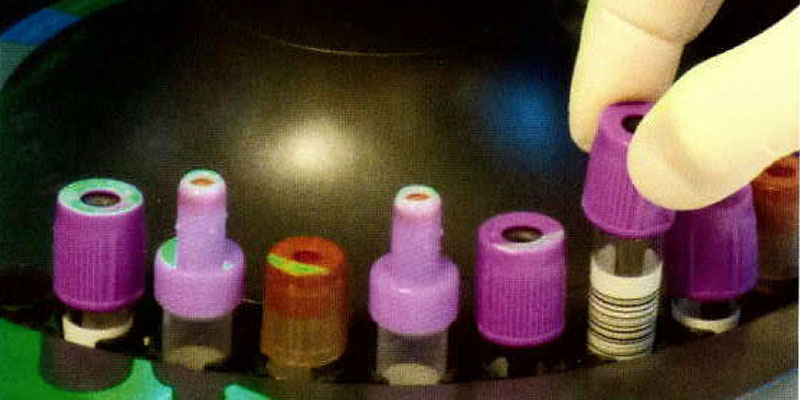In the world of Clinical Chemistry, tests often require sophisticated equipment in addition to clinical reagents. Blood gas analysers, electrophoresis and chromatography, among others, are used alongside self-testing equipment to enable patients to self-monitor different compounds.
The Electrophoresis technique is used extensively in DNA, RNA and protein analysis – wherein the technique is used to separate macromolecules based on size, by way of application of negative charge so proteins move towards a positive charge. This property of electrophoresis is utilized for the separation of proteins and DNA according to their size.
Diagnosis of diseases such as Hemoglobinopathies (Hb), Multiple Myeloma (MM), and diabetes require technologies that can separate and quantitate complex molecules of Hb variants, protein, immunoglobulins and HbA1c. Precise and accurate quantitation of these molecules is important.
Till recent years, separation of Hb fractions was performed using age old technologies. But only until the intervention of Capillary Electrophoresis (CE), a fairly recent separation technique, developed in the 1980s that allows extremely efficient separation of peptides, oligonucleotides, and also steroid hormones.
This technique has improved the quality of electrophoresis when compared to traditional methods used in clinical laboratories. Precise and accurate, CE proves to be an ideal technique for the quantification of HbA1c. Its high resolution allows the detection of Hbs and thalassemia in parallel, giving useful information to the laboratories for the correct interpretation of the HbA1c values.
Trivitron Healthcare is one of the leading diagnostics companies to adopt capillary electrophoresis along with other clinical laboratories worldwide, and is on a strong growth trajectory that offers more clinical value, efficiency, and throughput to clinical laboratories of all sizes.

